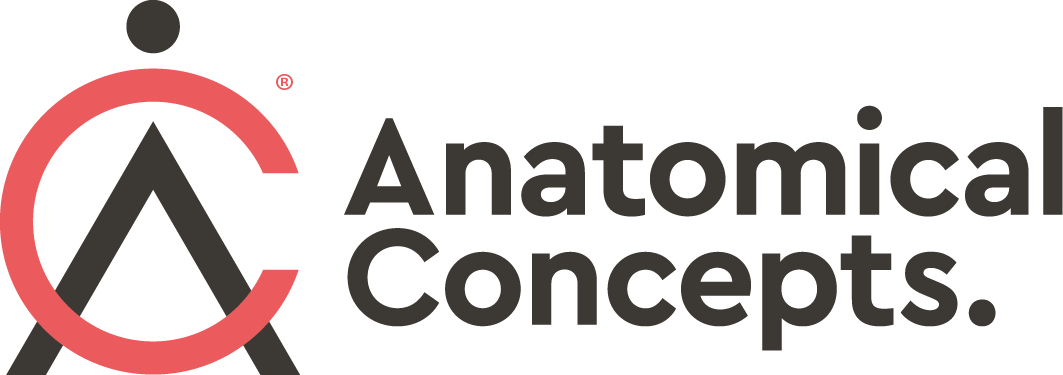Articles
Filter by Topic
- Adaptive Sport 1
- Artificial Intelligence 1
- Bike Labyrinth 3
- Bone density 1
- Brachial Plexus 1
- Bridging the Gap 1
- Bridging the Gap 1
- Carbonhand 4
- Cardiovascular 1
- Client Stories 4
- Cognition 1
- Company Updates 3
- Decision Making 1
- Dementia 1
- Denervation 21
- Diabetic Foot 12
- Efficiency 1
- Electrotherapy 27
- Exercise Benefits 28
- FES Cycling 12
- Functional Electrical Stimulation (FES) 56
- Gait 2
- Goal Setting 5
- Grip 3
- Healthspan 2
- Indego 13
- Lifestyle 8
- Lower Motor Neuron 1
- Mobility 17
- Motivation 2
- NMES 1
- Nerve injury 1
- NexStride 1
- Occupational Therapy 1
- Orthotic 15
- PRAFO 22
- Pain 5
- Parkinsons 2
- Pressure Ulcers 10
- Product Updates 7
- RISE Stimulator 9
- Safety 2
- Sponsor 1
- Standing 4
- Stim2Go 2
- Stimulette den2x 5
- Support 1
- TENS 1
- Technology 17
- Tek RMD 21
Article Length
- 1 minute read 3
- 10 minute read 9
- 11 minute read 7
- 12 minute read 7
- 15 minute read 6
- 18 minute read 1
- 19 minute read 1
- 2 minute read 4
- 26 minute read 1
- 27 minute read 1
- 28 minute read 1
- 3 minutes read 9
- 4 minute read 34
- 5 Minute read 12
- 6 minute read 6
- 7 minute read 14
- 8 minute read 6
- 9 minute read 3
- FES 2
- FoG 1
- PRAFO 1
- Seven Minute Read 1
- awareness 1
- carbonhand 2
- cognitive 1
- cues 1
- freezing gait 1
- freezing of gait 1
- gait 1
- neurological 1
- neuroplasticity 1
- nexstride 2
- occupational therapy 1
- occupational therapy day 1
- orthopaedics 1
- orthotic 1
- parkinson's 1
- pressure 1
- pressure relief 1
- prevention 1
- rehabilitation 2
- stroke 1
- ulcers 1
- world stroke day 1
FES Cycling vs. Passive Movement Training: The Pros and Cons
In the world of neurorehabilitation, two approaches have emerged as prominent tools for helping patients regain mobility and function: Functional Electrical Stimulation (FES) Cycling and Passive Movement Training (PMT). While both have their place in rehabilitation settings, understanding their distinct benefits and limitations is crucial for healthcare professionals and patients alike. PMT, utilising motorized bikes like the Thera or MOTOmed, has long been a staple in hospitals and homes due to its ease of use and accessibility. However, the integration of electrical stimulation in FES Cycling has opened new doors in rehabilitation, particularly for those with spinal cord injuries, stroke, cerebral palsy, and multiple sclerosis. With over three decades of research backing its efficacy, FES Cycling represents a significant advancement in rehabilitation technology – but what makes it truly different from traditional PMT, and why should clinicians and patients take notice? Let's delve into the science behind these approaches and explore their comparative benefits for patient outcomes.
How effective is electrical stimulation in strengthening skeletal muscle? What stimulation parameters appear to be most effective?
Curious about the science behind neuromuscular electrical stimulation (NMES) in rehabilitation? In our latest article, we dive deep into how this established yet evolving technology effectively strengthens skeletal muscles.
From optimal stimulation parameters to clinical applications, discover why the "art" of electrical stimulation goes far beyond simply making muscles contract. Drawing from recent research and clinical evidence, we explore the mechanisms, effectiveness, and practical considerations for healthcare professionals working with neurological injuries and various rehabilitation scenarios.
Whether you're a clinician, researcher, or rehabilitation specialist, this comprehensive review offers valuable insights into maximizing NMES outcomes for patient care.
Starting Small is Still Starting
Recovery and progress often seem daunting, especially when facing significant physical challenges or lifestyle changes. Whether you're an injured patient working through rehabilitation or someone who has fallen out of healthy habits, the gap between where you are and where you want to be can feel overwhelming. This article explores why taking that first small step - no matter how modest it may seem - is the most crucial part of any journey toward recovery or positive change. Drawing from both clinical experience with rehabilitation patients and personal insights about motivation, we'll examine how the compound effect of small, consistent actions can lead to remarkable transformations, even when the path ahead appears insurmountable.
Electrical Stimulation and improved outcomes for Brachial Plexus injuries
In this article, we step back and consider how brachial plexus injuries are treated and then look at how forms of electrical stimulation might contribute to achieving the best clinical outcome.
Brachial plexus injuries present a complex challenge in medical practice, with the potential to produce significant functional impairment and reduced quality of life. Effective treatment requires a meticulous, multifaceted approach, combining surgical and non-surgical interventions tailored to the patient's specific needs. This article explores current treatment strategies, focusing on the potential role of electrical stimulation as a complementary therapy. By examining its applications and efficacy, we aim to highlight how this innovative technique could enhance recovery and optimise clinical outcomes for individuals affected by these injuries.
How does the Tek RMD compare to other mobility devices on the UK market?
The Tek RMD distinguishes itself from other mobility devices through its unique design philosophy, functionality, and target user needs. This doesn't mean that it is the perfect choice for everyone. Individuals with weak or paralysed limbs will ultimately have different physical abilities and functional goals. The Tek RMD allows individuals who are suitable to use it, to stand and move in their environment and to do this in a way that will enable them to do more than if they just were using a standing frame. They can stand for lengthy periods, interact at eye level with others and uniquely engage in their environment. We know that standing is good for health but most candidates for the Tek RMD or standing wheelchair want to do more.
Choosing the right product requires thoughtful consideration. It’s important to assess each option’s physical suitability while carefully evaluating its strengths and weaknesses in relation to the user’s functional goals.
Are there any long-term studies on the safety of electrical stimulation for patients with metal implants?
All medical devices have indications and contraindications, and the manufacturer always states these clearly. However, not all electrical stimulation devices on the market are classified as medical devices, so the manufacturer may not clearly describe when they might be unsafe to use.
A very common situation we face when dealing with clients is the presence of metal implants such as joint replacements, fracture fixation plates and spinal instrumentation near where we wish to apply electrodes. The concern has been that the energy generated by electrical stimulation over metal implants would cause local, damaging heating within the tissues. We consider this below.
We must follow the manufacturer's recommendations. However, you might wonder about the real risks. Do the benefits of using electrical stimulation outweigh the risks? This article explores this topic.






